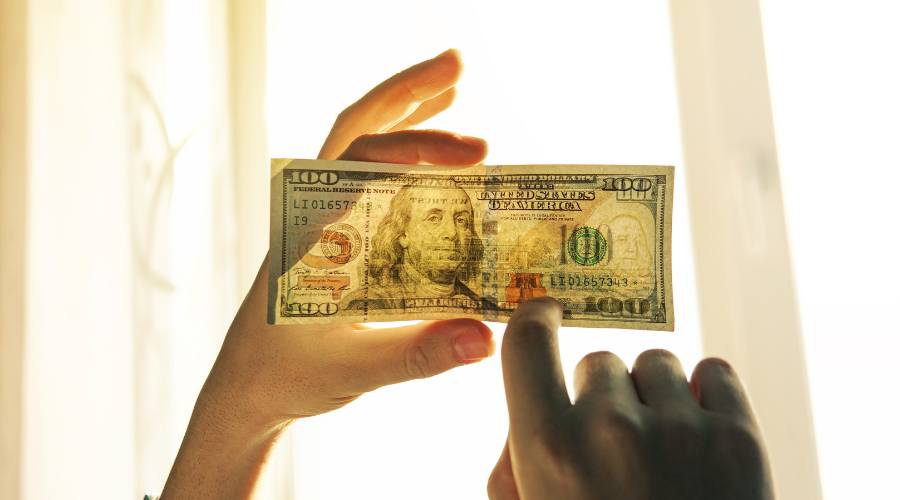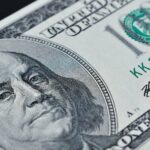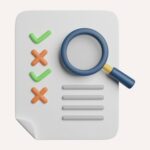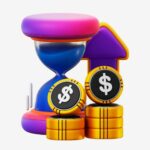Counterfeit money has been a persistent problem ever since the inception of currency, causing economic disruptions and negatively impacting individuals and businesses alike.
With the advancement of technology, counterfeiters have become increasingly adept at producing convincing fake bills.
Consequently, it’s more important than ever to be able to detect counterfeit currency effectively.
This blog post aims to provide you with practical tips and techniques to help you identify counterfeit money and safeguard your hard-earned cash.
Background Information
Brief History of Counterfeit Money
Counterfeiting has existed for as long as money itself, dating back to ancient times when metal coins were first introduced. As paper currency gained popularity, counterfeiters adapted their methods to keep pace. Today, counterfeit money continues to pose a significant threat to the global economy.
Counterfeiting Methods and Materials
Counterfeiters use a variety of techniques to replicate genuine currency, ranging from traditional printing methods to sophisticated digital processes. Common materials include low-quality paper, color copiers, and computer printers, while more advanced counterfeiters employ intaglio printing presses and specialized inks.
Statistics on the Prevalence of Counterfeit Money
Although exact numbers are difficult to pin down, it’s estimated that billions of dollars’ worth of counterfeit currency circulates globally each year. In the United States alone, the Secret Service seized over $100 million in counterfeit bills in 2020.
Security Features of Genuine Currency
To combat counterfeiting, governments around the world incorporate security features into their currency designs. Familiarizing yourself with these features can help you distinguish between genuine and counterfeit bills.
Explanation of Security Features in Different Currencies
US Dollar
- Watermarks: Visible when held up to light, featuring a portrait that matches the bill’s denomination.
- Security threads: Embedded in the paper, visible when held up to light, and printed with the bill’s denomination.
- Color-shifting ink: Found on the numeral in the lower right corner, changing color when the bill is tilted.
- 3D security ribbon (on $100 bills): Woven into the paper, containing images of bells and 100s that move when the bill is tilted.
Euro
- Watermarks: Visible when held up to light, featuring an architectural design and the bill’s denomination.
- Security threads: Embedded in the paper, appearing as a dark line with the word “EURO” and the bill’s denomination when held up to light.
- Holograms: Found on the right side, containing images that change when the bill is tilted.
- Raised printing: Text and images that can be felt by running your fingers over the bill.
British Pound
- Watermarks: Visible when held up to light, featuring a portrait of Queen Elizabeth II.
- Security threads: Woven into the paper, appearing as a continuous metallic line when held up to light.
- Holograms: Found on the foil patch, displaying images that change when the bill is tilted.
- Raised printing: Text and images that can be felt by running your fingers over the bill.
Other Major Currencies
While specific security features vary between countries, most currencies include watermarks, security threads, holograms, and raised printing to deter counterfeiters.
Security Features to Check When Detecting Counterfeit Money
- Watermarks: Genuine bills have watermarks that are visible when held up to light and match the bill’s denomination.
- Security threads: Genuine bills contain embedded security threads that are visible when held up to light and display the bill’s denomination.
- Holograms: Genuine bills often have holograms that contain images that change when the bill is tilted.
- Color-shifting ink: Genuine bills frequently feature color-shifting ink, which changes color when the bill is tilted, often on numerals or specific elements of the design.
- Microprinting: Genuine bills often include microprinting, which consists of tiny text that can only be read with a magnifying glass. Counterfeit bills may have blurred or illegible microprinting.
- Unique serial numbers: Genuine bills have unique serial numbers. Counterfeit bills may have duplicate serial numbers or ones that don’t conform to the standard format.
- Raised printing: Genuine bills typically feature raised printing, which can be felt by running your fingers over the text and images.
Practical Tips and Techniques for Detecting Counterfeit Money
The “Feel, Tilt, Check” Method
This simple three-step method helps detect counterfeit money:
- Feel: Run your fingers over the bill to check for raised printing.
- Tilt: Tilt the bill to examine color-shifting ink and holograms.
- Check: Hold the bill up to the light to inspect watermarks and security threads.
Using a Counterfeit Detection Pen
Counterfeit detection pens contain a special ink that reacts with the starch found in most counterfeit paper. When the pen is used on genuine currency, the ink should remain clear or turn a light color; on counterfeit bills, it will turn dark.
Employing Ultraviolet (UV) Lights
UV lights can help identify security features not visible under normal lighting conditions. For example, genuine US bills have security threads that glow under UV light, with each denomination displaying a different color.
Using Magnifying Tools for Microprinting and Fine Details
A magnifying glass or loupe can help you examine microprinting and other fine details on genuine bills that are often blurred or missing on counterfeit ones.
Utilizing Currency Counting Machines with Counterfeit Detection Capabilities
Businesses handling large amounts of cash may benefit from currency counting machines equipped with counterfeit detection features, such as UV or infrared detection.
Training and Staying Informed on the Latest Counterfeiting Trends
Regularly educating yourself and your employees on the latest security features and counterfeiting methods can help you stay ahead of counterfeiters.
What to Do if You Suspect Counterfeit Money
Steps to Take When in Possession of Counterfeit Currency
- Do not return the bill to the person who gave it to you.
- If possible, retain the bill without causing a confrontation.
- Note the person’s appearance and any relevant details, such as license plate numbers or vehicle descriptions.
Reporting Counterfeit Money to the Authorities
- Contact your local police department or the nearest U.S. Secret Service field office to report the counterfeit bill.
- Provide them with the information you gathered, including a description of the person who gave you the bill.
Avoiding Legal Trouble When Dealing with Counterfeit Money
- Remember that knowingly using counterfeit currency is a crime.
- Always cooperate with law enforcement when reporting counterfeit money.
Preventive Measures to Protect Yourself and Your Business
Implementing a Strong Anti-Counterfeit Policy
- Develop a clear policy on handling suspected counterfeit money.
- Ensure all employees are familiar with the policy and receive regular training.
Educating and Training Employees on Detecting Counterfeit Money
- Provide employees with resources and training on identifying counterfeit currency.
- Encourage employees to stay informed on the latest security features and counterfeiting methods.
Keeping Up-to-Date with Security Features and Counterfeiting Trends
- Regularly review information from official sources, such as central banks and government agencies.
- Subscribe to industry newsletters or attend workshops to stay informed.
Conclusion
The ability to detect counterfeit money is crucial for protecting yourself and your business from the negative impacts of fake currency. By staying vigilant and proactive, you can minimize the risks associated with counterfeit money and contribute to a more secure economy.








